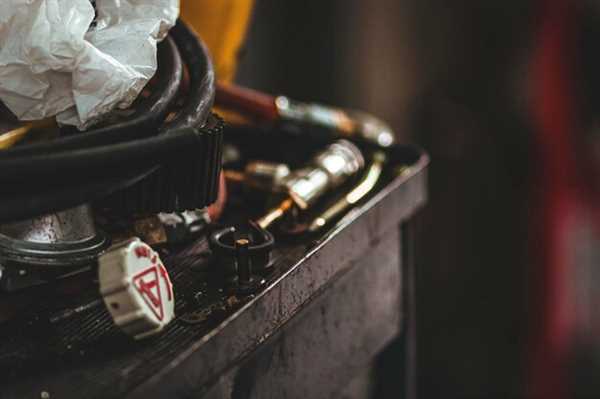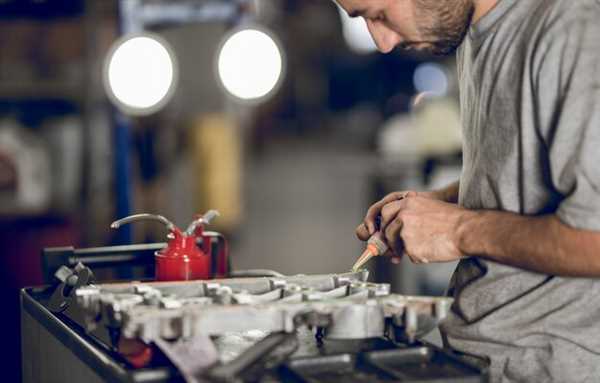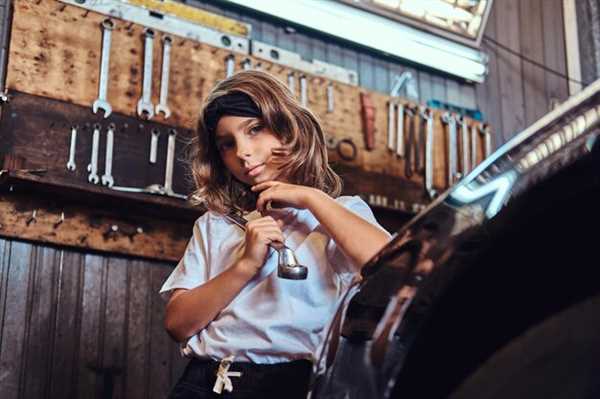
Consider sourcing components from reputable auto salvage yards, where vintage treasures await. Focus on finding trim pieces, bumpers, and lenses that complement the unique aesthetic of your vintage ride. Ensure that the condition of each item meets your standards, with minimal rust and structural integrity intact.
Look for engine components and mechanical parts that can breathe new life into your vehicle’s performance. Reclaimed radiators, starters, and transmissions are often available at a fraction of the cost of new pieces. Prioritize quality by selecting parts from vehicles with low mileage or those that have been well-maintained.
Utilize online marketplaces for vintage auto enthusiasts, where OEM (original equipment manufacturer) components can be located. Engage with other restorers in forums, as they can provide valuable insights and lead you to hidden gems. Remember to verify the authenticity of the parts to ensure compatibility with your restoration plans.
Identifying High-Quality Salvage Parts for Vintage Models
Focus on sourcing components from reputable vendors known for dealing with antique automobiles. Assess the provenance of each item; documentation confirming previous usage can reveal authenticity and reliability.
Inspect the condition meticulously. Look for signs of corrosion or damage, as these can affect performance and longevity. Steel components should showcase minimal rust, and plastic elements should maintain their structural integrity, without cracks or discoloration.
Familiarize yourself with OEM specifications. Original equipment manufacturer standards ensure compatibility and functionality, which is crucial in maintaining the vehicle’s integrity during the rebuilding process. When possible, prioritize items that match these benchmarks.
Engage in discussions with other enthusiasts. Online forums and local clubs can provide insights and recommendations on trustworthy suppliers. Personal experiences shared by others often highlight the most commendable sources for obtaining components.
Evaluate warranties or return policies offered by sellers. A solid warranty reflects confidence in the quality of the items being sold, minimizing risk during purchase. Always request assurance of returns for non-functional or inappropriate selections.
Utilize networking opportunities at car shows or swap meets. These events allow for direct inspection and negotiation, enabling enthusiasts to forge valuable relationships with suppliers and fellow restorers.
Essential Tools and Techniques for Salvage Hunting
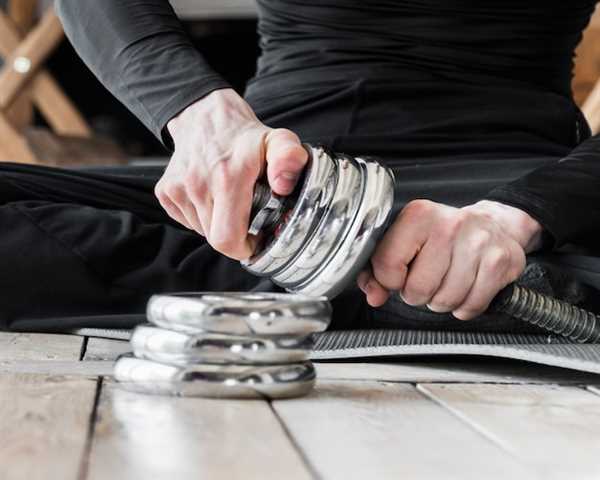
Prioritize a reliable flashlight for inspecting dark spaces within vehicles. A good tool reveals hidden areas and potential damage. Carry a digital camera to document findings for easy reference later.
Bring a set of quality hand tools, including wrenches, pliers, and screwdrivers. These are crucial for the disassembly of components when needed. A magnetic tray will help keep small screws and parts organized.
Wear gloves to protect your hands and ensure safety while handling rusty or sharp materials. Safety glasses should be a staple to shield your eyes from debris and dust.
Utilize a measuring tape to note dimensions of parts you wish to extract. Accurate measurements prevent future compatibility issues. A notebook or mobile app for keeping track of inventory can be beneficial.
Employ a methodical approach when searching. Start with vehicles that match your project specifications. Research beforehand to identify common problems and parts that tend to be hard to find.
Engage with local car enthusiasts and forums to gather insights on the best locations for acquiring valuable components. Networking can lead to leads on private sales or hidden resources in your area.
Be prepared to negotiate prices. Understanding the market value of items will bolster your bargaining position. Patience is key; revisiting the same site may yield new arrivals worth examining.
Lastly, maintain a checklist of hard-to-find components relevant to your ongoing projects. This will guide your search and focus, making the hunt more organized and efficient.
Key Considerations for Evaluating Salvage Car Condition
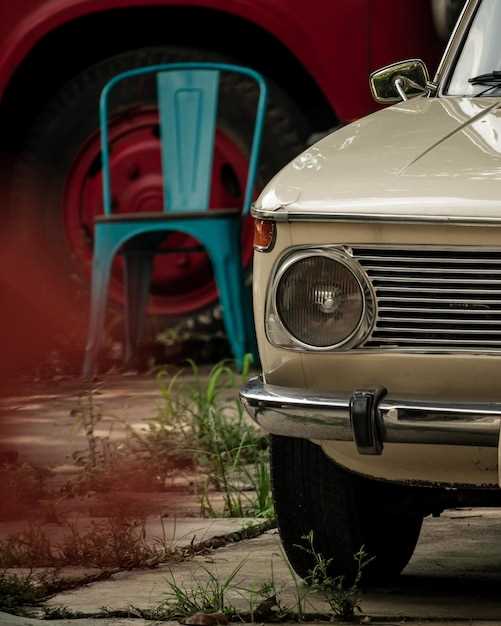
Examine the structure for rust or structural damage; prioritize cars with minimal corrosion. Inspect the body panels closely for dents, scratches, or misalignment, indicating previous impacts. Verify the engine’s condition by checking for leaks, wear, and operational soundness. Analyze the transmission’s responsiveness and the integrity of the drivetrain components.
Assess the interior components, including upholstery, dashboard, and electrical systems. Ensure that critical features like gauges and lights function correctly. Review mechanical elements such as brakes and suspension; they should be in good repair to avoid costly replacements later.
Documentation is paramount. Obtain vehicle history reports; they provide insights into accident records and maintenance logs. Always cross-check parts availability, as rarity can significantly affect restoration feasibility and expenses.
Consider the provenance of the vehicle. A well-documented history may enhance value and authenticity during the refurbishment process. Engage with forums or groups dedicated to similar models, as they can provide valuable intel on parts sourcing and common issues.
Evaluate your own skill level and resources. Some restorations require extensive mechanical knowledge, while others may demand simply cosmetic repairs. Understanding your limits informs the decision on whether to pursue a particular vehicle for reconditioning.

